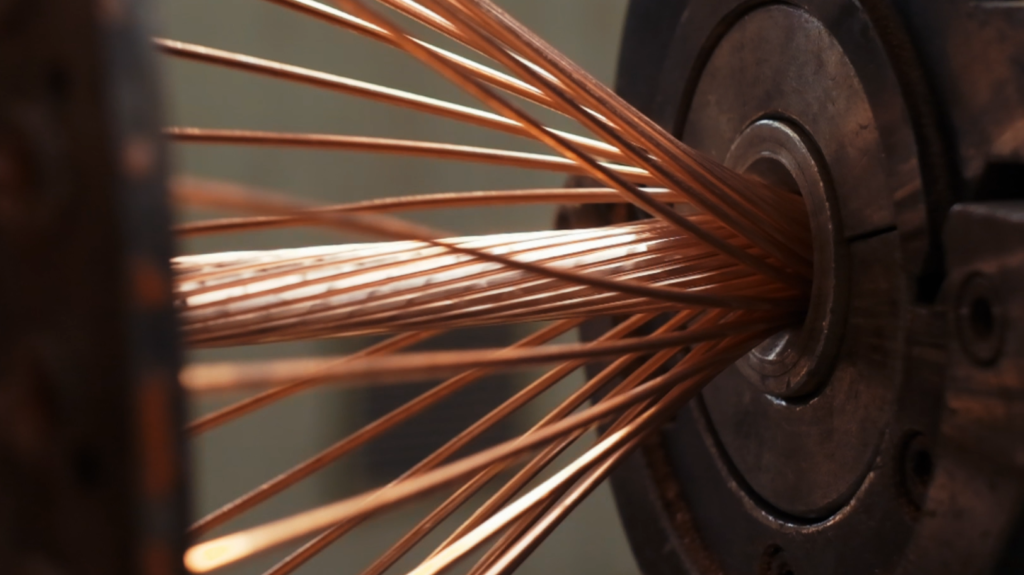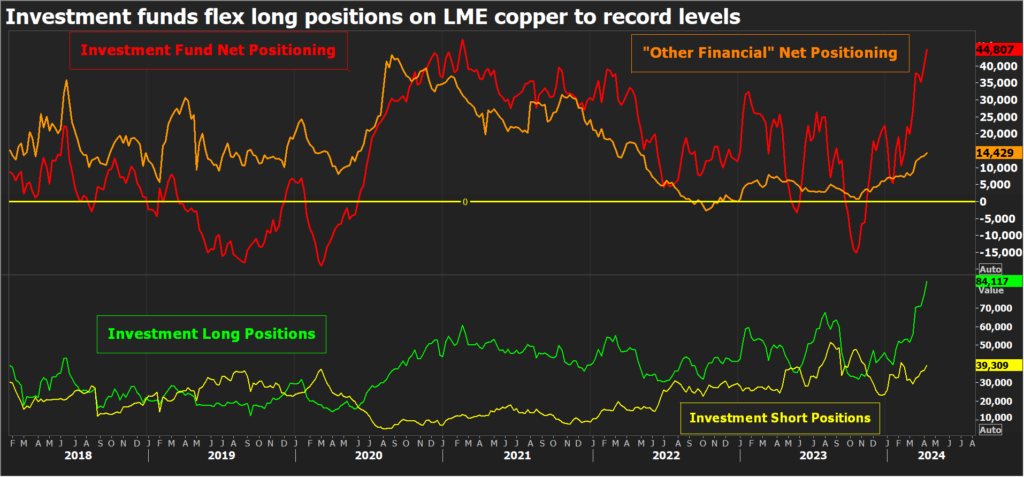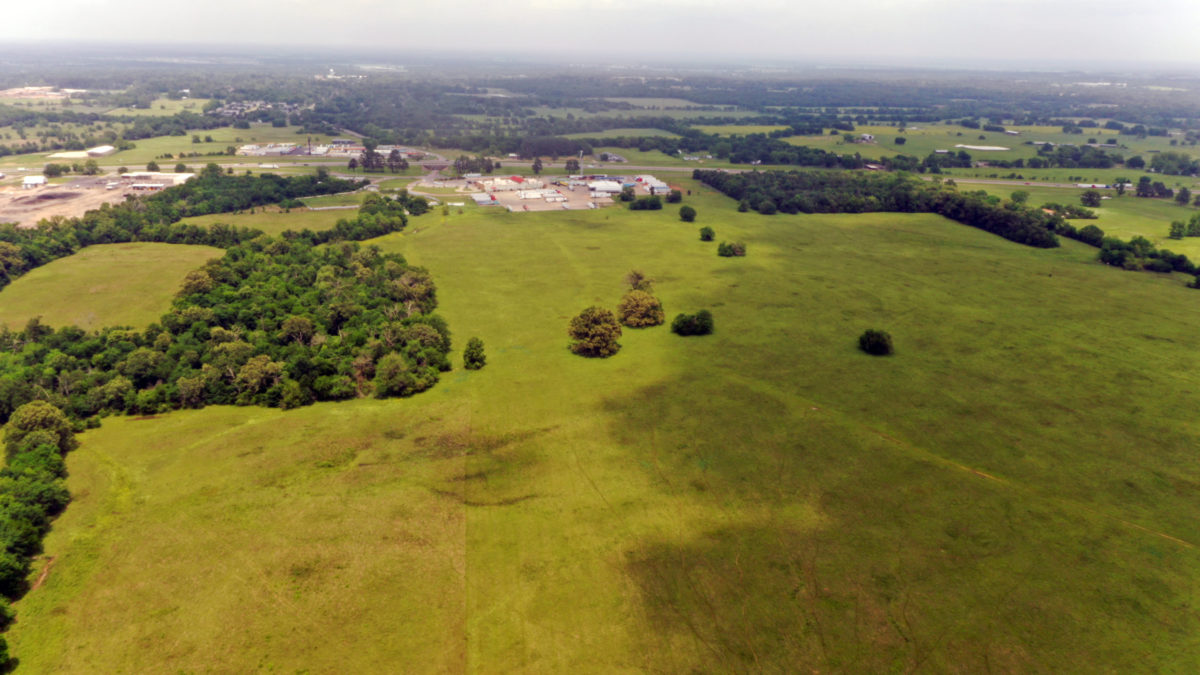Column: Funds buy back into copper’s supercycle credentials

The commodities supercycle is back with a vengeance if copper’s performance since the start of the month is anything to go by.
London Metal Exchange (LME) three-month copper touched $9,640.50 per metric ton on Monday, its highest trade since June 2022.
The Friday announcement of new US and UK sanctions on Russian metal may have played a role but if so it was only a bit part. Copper is on Wednesday trading just shy of that peak at $9,560.
Copper below $9,500 per ton is now cheap, according to analysts at Citi, who have raised their forecasts to an average $10,000 in the fourth quarter of this year and $12,000 in 2026.
Many other analysts are doing likewise. Reasons to be bullish include supply constraints, a turn in the old manufacturing cycle and an acceleration in copper-intensive energy transition sectors.
The promise of a further demand booster from artificial intelligence in the form of bigger data centres is the latest strand in copper’s bull narrative.
The only skeptics are physical copper users, who are not seeing any tangible signs of that promised boom in their current order books.
But does it matter? Forward-looking funds not immediate fundamentals are why the price is on a roll right now.

Funds buy in
Investment funds have lifted their bets on higher prices to record levels in the London market. Long positions reached 84,117 contracts, equivalent to over two million tons, at the end of last week.
That’s the highest level since the LME started publishing its Commitments of Traders report at the start of 2018 and far exceeds the previous peak of 67,583 seen in August last year.
The bulls are also out in force on the CME copper contract, lifting long positions to 119,649 contracts in the week to April 9, a level last seen in January 2018.
Shorts haven’t yet capitulated on either exchange, meaning the net long exposure hasn’t surpassed the February 2021 peaks. How long that remains the case will depend on whether copper can maintain its upward momentum.
This new enthusiasm for copper seems to be part of a broader investor rotation into commodities, with gold flying and the rest of the industrial metals now up on the start of the year after a weak first quarter.
Fund managers are evidently looking beyond the immediate headwinds of high interest rates and stuttering manufacturing activity to a boom time of synchronized old-economy and new-economy growth.
Until a few weeks ago the super-bulls were lurking in the options market, buying call options with strikes all the way up to $20,000 per ton.
They are now swarming into the futures market with a resultant jump in trading activity. Average daily volumes on the CME contract were up 18% year-on-year in March, those on the LME by 21%. CME open interest has mushroomed from 192,235 contracts at the start of March to a current 299,513.
Future perfect
Copper’s short-term optics remain at best lukewarm. The European manufacturing sector is still in the recessionary doldrums, contracting for the 21st month in March, while US and Chinese factory sectors are showing only the first signs of expansion.
The Yangshan premium, a closely-watched indicator of China’s import appetite, has slumped from over $100 per ton in December to $24, according to local data provider Shanghai Metal Market.
The seasonal build in Shanghai Futures Exchange stocks this year has been the strongest since 2020.
Headline stocks on the London market look low but a yawning contango across the front part of the curve suggests there is no immediate constraint on availability.
But as Citi points out, “investor conviction in the future emergence of physical shortages is enough alone to send prices soaring.”
“The actual realization of demand strength, physical shortages, and or inventory drawdowns” has not been necessary to get the copper rally going, it said in an April 8 research note.
It is copper’s future promise rather than its mundane present that is motivating investment managers to place their bets. It is sheer market momentum that is drawing ever more speculative money into the market, adding more fuel to the fiery rally.
Super rally
The impact of fund flows on the current price dynamics may be a harbinger of things to come.
Citi contends copper is now entering its second mega bull rally of the century after that of the 2010s, when China’s industrialization and urbanization drained stocks and sent the price soaring above the $10,000 level for the first time ever.
Copper’s exposure to energy transition sectors such as electric vehicles, solar power and smart grids is well known but has been over-shadowed by weakness in more traditional end-use sectors such as property and white goods over the last year or so.
A recovery in the old industrial cycle promises a period of sustained demand growth that risks outpacing supply, exhausting inventories and sending the price to new record highs.
Funds will play an important part in that process in a way they didn’t during the early-century boom. Investment activity in the base metals sector was muted back then and most investors joined the bull party of the 2010s just as last orders were being called.
This time they’re leading from the front and likely to become ever more influential a price driver as copper’s bull narrative unfolds.
(The opinions expressed here are those of the author, Andy Home, a columnist for Reuters.)
(Editing by Jane Merriman)
{{ commodity.name }}
{{ post.title }}
{{ post.date }}

Comments